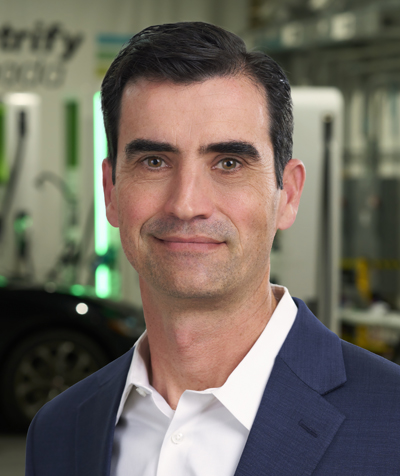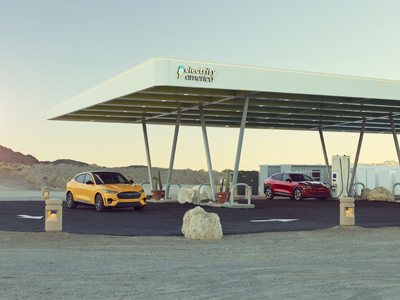In California, for example, Freerks said, EVs have about a 40% reduction in greenhouse gas emissions compared to an ICE vehicle. However, if that same car is operating in a state like Colorado, where there is a lot of coal used to make electricity, greenhouse gases are higher than a gasoline vehicle.
“There are always greenhouse gas emissions for any energy source that is produced,” explained Freerks. Even a wind farm or solar field, for example, emits greenhouse gas emissions.
“There are ways that we can get that down to zero or even negative, but it takes a lot of effort and essentially a lot of costs to get there,” he added.
Evaluating Alternative Sources of Energy
There are a number of renewable fuels currently being used and/or evaluated. These include ethanol made from corn and cereal grains, biodiesel from fats, oils and greases, renewable diesel, and algae. In addition, Freerks said alcohol, which can be converted to hydrocarbons, is expected to become more readily available due to decreasing gasoline consumption.

Freerks said the quality and performance of these alternative sources of energy significantly depend on the process and technology used.
He foresees the potential use of waste wood products and municipal solid waste to produce renewable fuels in the future and estimates it could equate to about 4 million barrels a day of fuel---or 20% of U.S. consumption.
“In terms of greenhouse gas emissions, we could make some pretty impressive impacts on CO2 reduction by using waste and then carbon capture and storage to further reduce carbon intensities,” he said.
Freerks believes a more stable energy source, such as nuclear, will be needed to replace some of the renewable energy. “Nuclear is a non-carbon-emitting source of energy that I think will provide us a lot of our energy in the future,” he explained.
However, even with these renewable energy options, Freerks said it won’t be enough to displace what is currently used in terms of crude oil.
The U.S. is the top producer of crude oil and natural gas in the world and will still be the major source of energy, he said, citing research from the U.S. Energy Information Administration (EIA).
“We consume about 20 million barrels a day of oil and can only make 100,000 barrels a day of biodiesel, so it’s never going to replace crude oil,” noted Freerks. “Producing fuels from food is not a viable option… We’re never going to get the feedstocks needed to totally replace crude oil with renewable fuels from fats, oils and greases.”
However, he said, there are ways to reduce greenhouse gas emissions and keep crude oil sourcing.
If the goal is to get to net zero, Freerks said vast increases in wind and solar energy will be needed while being backed up by fossil fuel energy. He estimates 3% of U.S. total energy consumption currently comes from wind and solar. To get to net zero by 2050, Freerks said, we are going to have to grossly increase that production.
“Only in certain locations, such as California, does an EV make sense,” according to Freerks. “The reason is because California gets a lot of its power from the Pacific Northwest hydroelectric dams and also has a lot of wind and solar.”
Additional EV Battery Considerations
With the expected growth of EVs in market share, Freerks predicts industry experts will continue to research and address the outstanding issues associated with lithium-ion batteries.
Although reports show battery costs are declining and expected to dip below $100 per cell, and advances in battery types and chemistries occur almost daily, Freerks contends the opposite.
He forecasts battery costs to continue to rise and be a significant cost of EVs moving forward due to the major shortage and cost for materials.
At the same time, battery risks remain high. As a result, vehicle owners and manufacturers will have to contend with EV batteries catching on fire if they aren’t handled properly. According to Battery University, they must be put out with a foam extinguisher, CO2, ABC dry chemical, powder graphite, copper powder or sodium carbonate. If the fire can’t be extinguished, they need to burn in a controlled way.
“There have been no major advances in design and material content to reduce metal content in the last few years,” said Freerks. “They are reaching the limit of what the chemistry of the battery can do.”
There are also outstanding questions regarding battery recycling and disposal.
“The number of spent batteries that are going to be generated by these EVs is skyrocketing now and it’s going to get worse in 2040 if mandates for EVs become more prevalent,” said Freerks.










Stacey Phillips Ronak